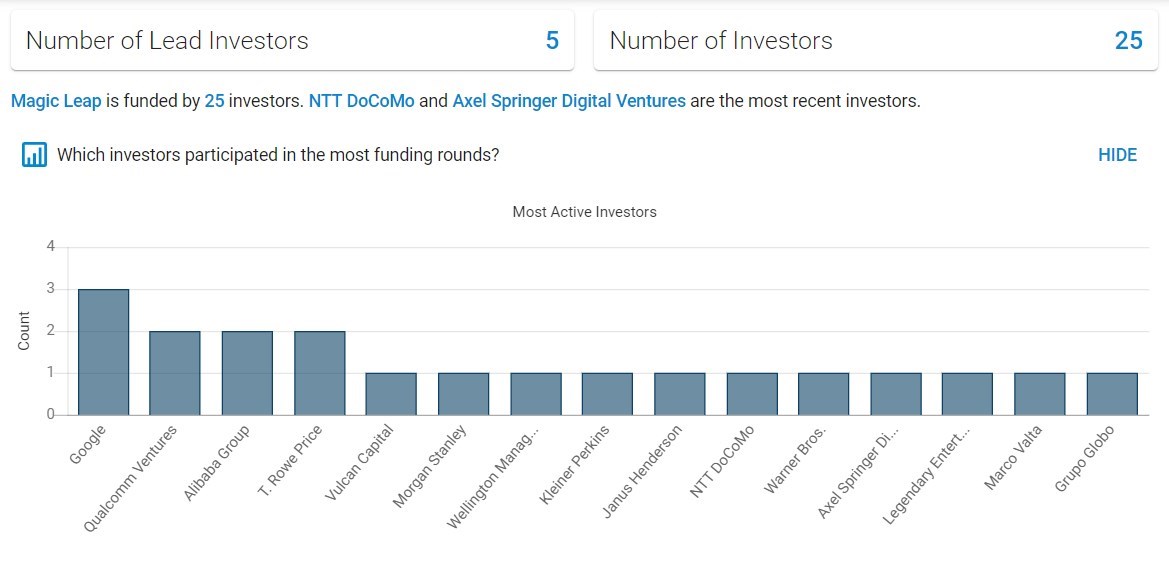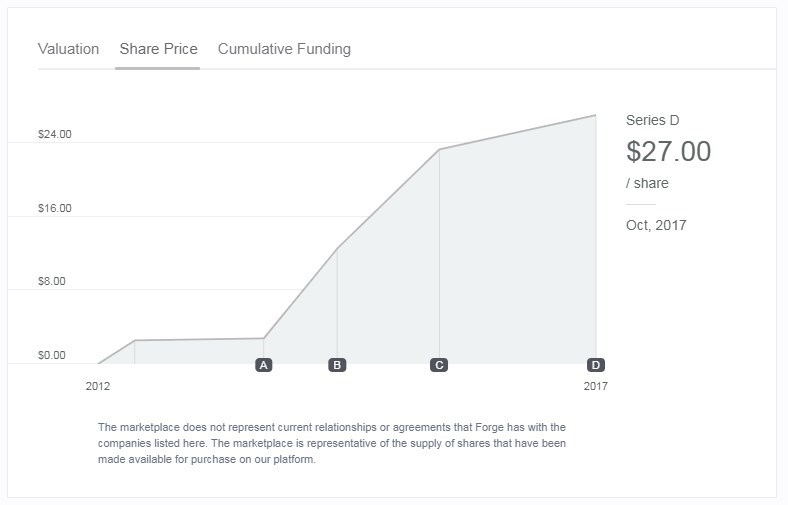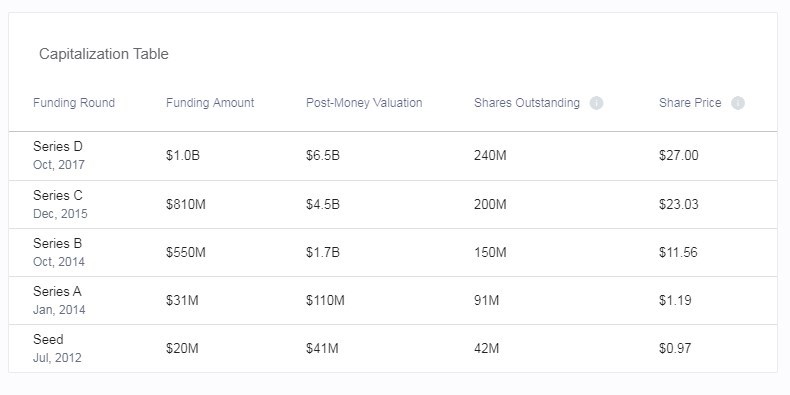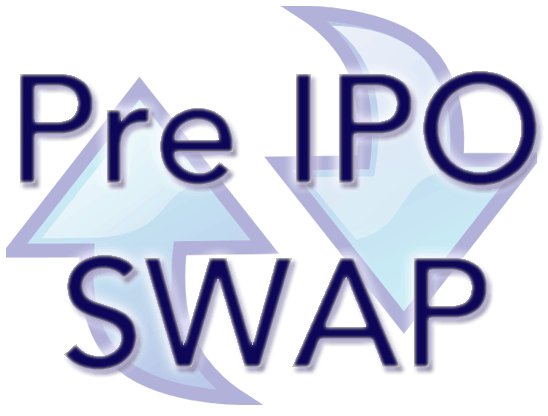Magic Leap is a proprietary wearable technology that enables users to interact with digital devices in a completely visually cinematic way.
Magic Leap is an Augmented Reality US-based startup that is innovating in the AR space to create new hardware and software that will give its users a never-before-seen AR experience and redefine how we access screens and visualize data. The headset combines a user’s inherent visual ability with mobile computing – giving visual output equivalent to real-world experience but powered by mobile tech. Using their Dynamic Digitized Lightfield Signal, they generate images indistinguishable from real objects and place those images seamlessly into the real world.
Investor Information




From Wikipedia
Magic Leap, Inc. is an American startup company that released a head-mounted virtual retinal display, called Magic Leap One[1],which superimposes 3D computer-generated imagery over real world objects, by “projecting a digital light field into the user’s eye”,[2][3] involving technologies potentially suited to applications in augmented reality and computer vision. It is attempting to construct a light-field chip using silicon photonics.[4]
Magic Leap was founded by Rony Abovitz in 2010[5] and has raised $1.4 billion from a list of investors including Google and Alibaba Group.[6] In December 2016 Forbes estimated that Magic Leap was worth $4.5 billion.[7] On July 11, 2018, AT&T invested in the company and became its exclusive partner. On August 8th, 2018, the Magic Leap One was made available in the United States through AT&T.
Magic Leap was founded by Rony Abovitz in 2010.[5] In October 2014, when the company was still operating in stealth mode (but already reported to be working on projects relating to augmented reality and computer vision), it had raised more than $540 million of venture funding from Google,[8] Qualcomm, Andreessen Horowitz and Kleiner Perkins, among other investors.[9][10] Richard Taylor of special effects company Weta Workshop is involved in Magic Leap alongside Abovitz.[11] Science fiction author Neal Stephensonjoined the company in December 2014.[2] Graeme Devine is their Chief Creative Officer & Senior VP Games, Apps and Creative Experiences.[12]
According to past versions of its website, the startup evolved from a company named “Magic Leap Studios” which around 2010 was working on a graphic novel and a feature film series, and in 2011 became a corporation, releasing an augmented reality app at Comic-Con that year.[11]
A November 2014 analysis by Gizmodo, based on job listings, trademark registrations and patent applications from Magic Leap, concluded that the company appears to aim at building “a Google Glass on steroids that can seamlessly blend computer-generated graphics with the real world”.[11] It has also been compared to Microsoft HoloLens.[2]
Before Magic Leap, a head-mounted display using light field had been demonstrated by Nvidia in 2013, and the MIT Media Lab has also constructed a 3D display using “compressed light fields”; however, Magic Leap asserts that it achieves better resolution with a new proprietary technique that projects an image directly onto the user’s retina.[5]According to a researcher who studied the company’s patents, Magic Leap is likely to use stacked silicon waveguides.[4]
On March 19, 2015 Magic Leap released a demo video titled “Just another day in the office at Magic Leap”. The video includes augmented reality gaming and productivity applications but it was unclear if the video was actual footage using their technology or a simulated experience.[13]
On October 20, 2015 Magic Leap released actual footage of their product. While still not showing any hardware, the footage claims that it was filmed through a Magic Leap device without the use of special effects or compositing. The video suggests that virtual 3D objects can be occluded by real objects, which may be predefined geometry in the scene, but led to speculation about 3D spatial mapping being used. It also shows virtual light reflecting from a real table, which seem to be incorrectly placed in space, and therefore may suggest that the reflections are part of the virtual scene without interacting with the real world (similarly to “fake” shadows in early video games). The video showcases only quite bright objects superimposed over dark areas of the real world. This suggests that the hardware can only add new light without blocking incoming light from the real world. This would allow it to render only fully transparent objects which emit or reflect light, and may not allow virtual objects to occlude real objects. This would work well for bright virtual objects in front of dark real backgrounds as in the video, but not for dark virtual objects in front of brighter real backgrounds.[14]
On December 9, 2015, Forbes reported on documents filed in the state of Delaware, indicating a Series C funding round of $827m. This funding round could bring the company’s total funding to $1.4 billion, and its post-money valuation to $3.7 billion.[15]
On February 2, 2016, Financial Times reported that Magic Leap further raised another funding round of close to $800m, valuing the startup at $4.5 billion.[16]
On February 11, 2016, Silicon Angle reported that Magic Leap had joined the Entertainment Software Association.[17]
On April 18, 2016, Magic Leap acquired Israeli cybersecurity company NorthBit.[18]
As of May 2016, Magic Leap had raised $1.4 billion from a list of investors including Google and the Chinese Alibaba Group.[6]
On June 16, 2016, Magic Leap announced a partnership with Disney‘s Lucasfilm and its ILMxLAB R&D unit. The two companies will form a joint research lab at Lucasfilm’s San Francisco campus.[19]
On February 18, 2017, Magic Leap acquired the 3D division of Swiss computer vision company Dacuda.[20]
On December 20, 2017, Magic Leap unveiled their Magic Leap One, to be shipped the following year.[21]
In December 2017, UK IT news site The Register described Magic Leap as a vaporware company that “has received nearly $2bn in funding over four years, values itself at $6bn, and has yet to produce anything but fake technology.”[22]
On March 7, 2018, Magic Leap raised $461 million in Series D funding led by the Public Investment Fund of Saudi Arabia, the country’s sovereign wealth fund.[23]
In June 2018, the company’s first headset, called the Magic Leap One, was revealed for the first time, only showcasing the device visually, but performing no demonstration of its functionality.[24][25]
On July 1 2018, the device was finally demoed, confirming its use of NVIDIA TX2 hardware, and the general reaction was of disappointment with what was shown, based on what had been promised up to that point.[26][27]
On July 11, 2018, AT&T invested in the company, and will become its exclusive partner with Magic Leap One being the first product to be sold only in AT&T-owned stores across the United States. And also AT&T Communications‘ CEO John Donovan will become a board member of the company.[28][29]
On October 10, 2018 Magic Leap introduced Mica, a human-like AI assistant.[30]

